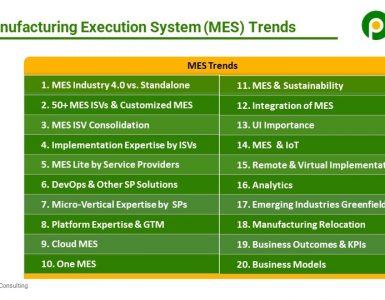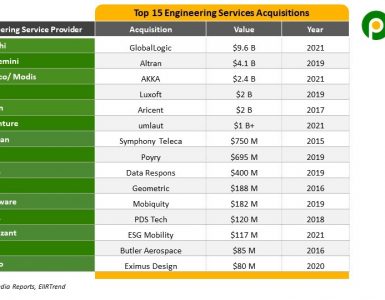TCS, last year, adopted a new operational structure to prepare for the next phase of growth and scale. The new structure was anchored on client size, away from a pure vertical domain structure earlier. Now the news is that TCS has gone back to a vertical-based operating structure. This is an interesting development in many ways.

While there are many advantages of a vertical-based operating structure, there are a few challenges too. There are three disadvantages of a vertical-based operating structure.
- Underpenetrated Geographies. Vertical-based structure doesn't help in maximizing revenues in different geographies. The focus of vertical heads will be more on large opportunities in key regions. For this reason, the penetration of Indian IT service providers is majorly in US, UK, and a few European countries. In comparison, global IT MNCs have a more balanced geographic portfolio. For this reason, some large MNCs, Accenture and Capgemini, have geographical operating structures.
- Unrealized Potential in Clients of Different Sizes. Different client sizes require different focus irrespective of verticals, geographies, and service lines. One area where Indian service providers lag behind Accenture (even after adjusting for scale) is a number of large or $100 Million+ accounts. Are there best practices in large accounts which different verticals and geographies can incorporate? The other disadvantage is often small and mid-size accounts get overlooked in a vertical-based structure. I did a benchmarking of one of the fast-growing global service providers with a medium-growth Indian service provider, and after adjusting of scale, the difference was the growth in small and mid-size accounts.
- Confusion in Multi-Vertical Opportunities. The third is that boundaries between verticals are blurring in many cases. For example, Where will EV charging fit in? Is it energy or automotive? Where will Telematics based insurance fit in? Automotive or insurance? Where does wearable fit in? Hi-tech or medical device? I can go on and on as these kinds of discussions I have been having with service provider leaders in the last many years.
Bottomline: No structure is perfect, and there will be examples where vertical or any structure creates problems, but the whole idea is to evolve the structure with time. Even if the vertical structure is adopted, the key will be to have mechanisms and clear rules of engagements to take care of geography penetration, large and small mid-size accounts, and multi-vertical opportunities in the overall vertical operating structure. Will be interesting to see how Indian IT service providers evolve their GTM as they scale further?






 Pareekh Jain
Founder of Pareekh Consulting & EIIRTrends
Pareekh Jain
Founder of Pareekh Consulting & EIIRTrends
Add comment